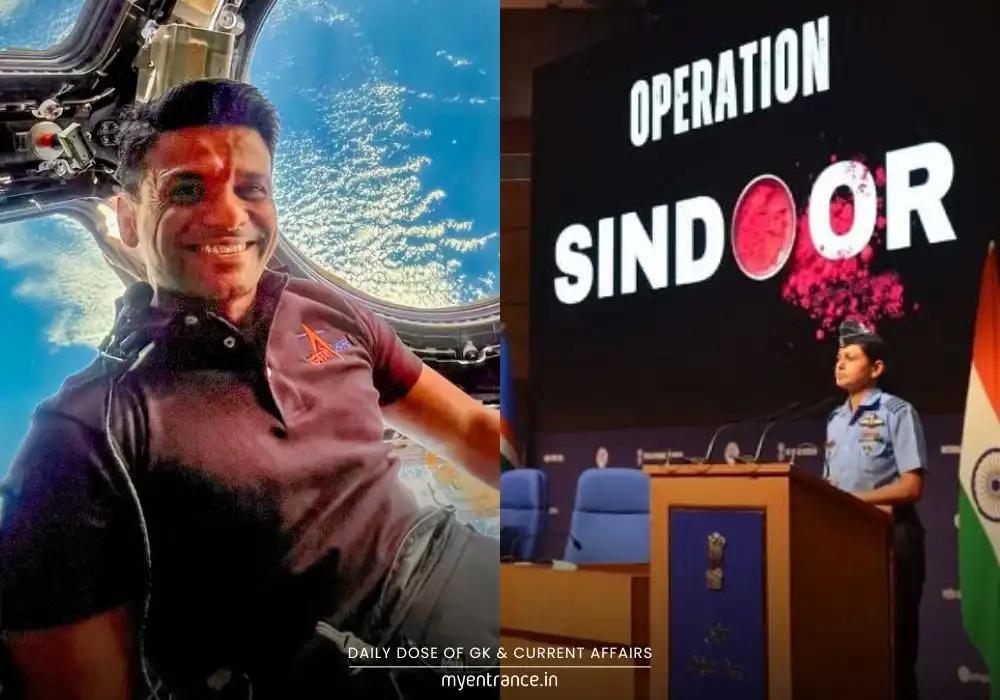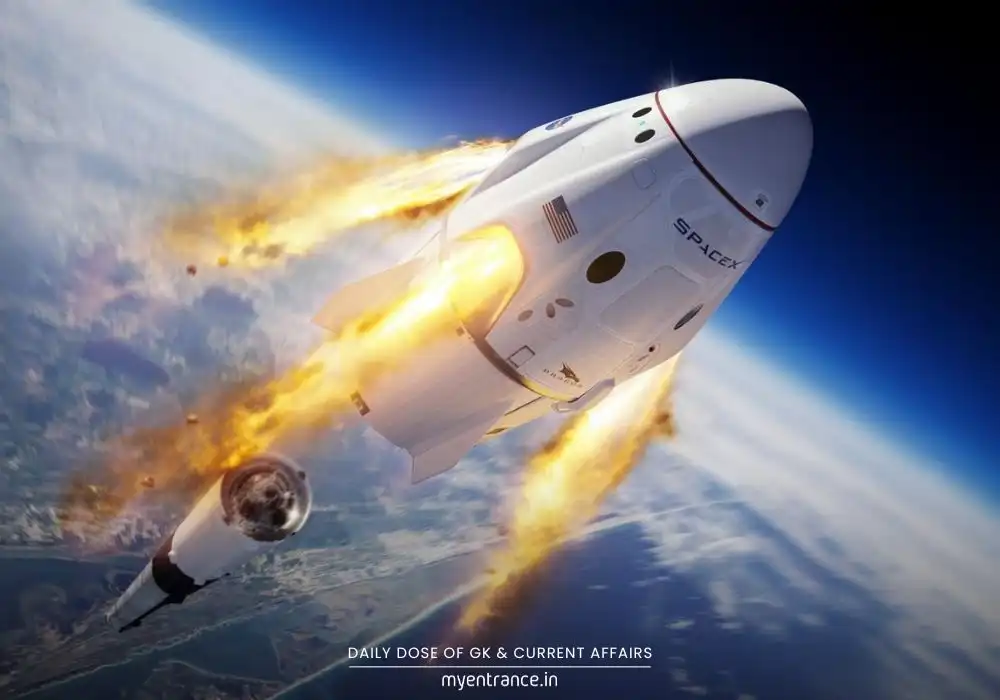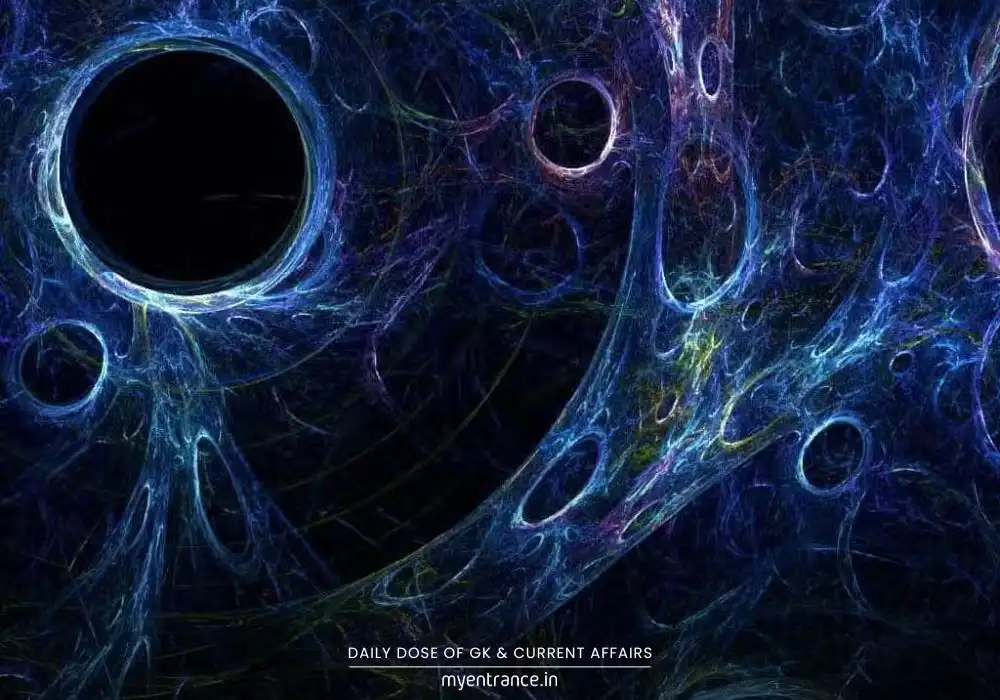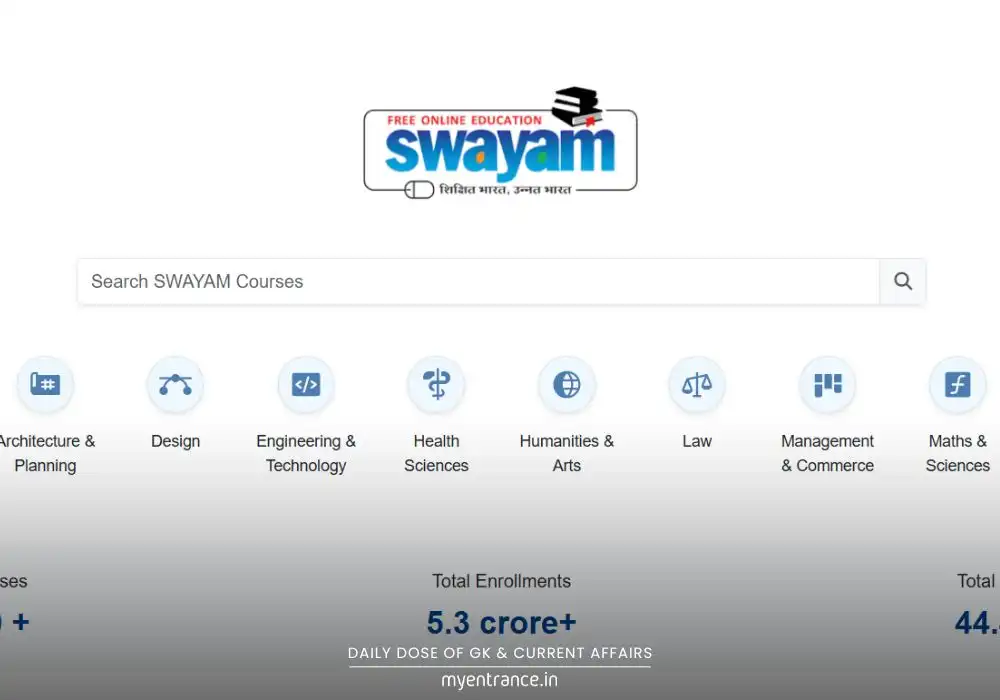Translate Language
How Does NASA’s TRACERS Mission Protect Earth from Space Weather?
Space weather—powerful solar winds, geomagnetic storms, and dazzling auroras—shapes our planet’s environment in ways we’re still trying to understand. NASA’s TRACERS (Tandem Reconnection and Cusp Electrodynamics Reconnaissance Satellites) mission is a cutting-edge project designed to explore how Earth’s magnetic field interacts with solar energy. By studying magnetic reconnection, a process that fuels space weather, TRACERS could revolutionize our ability to predict solar storms and safeguard critical technology like satellites and GPS systems.
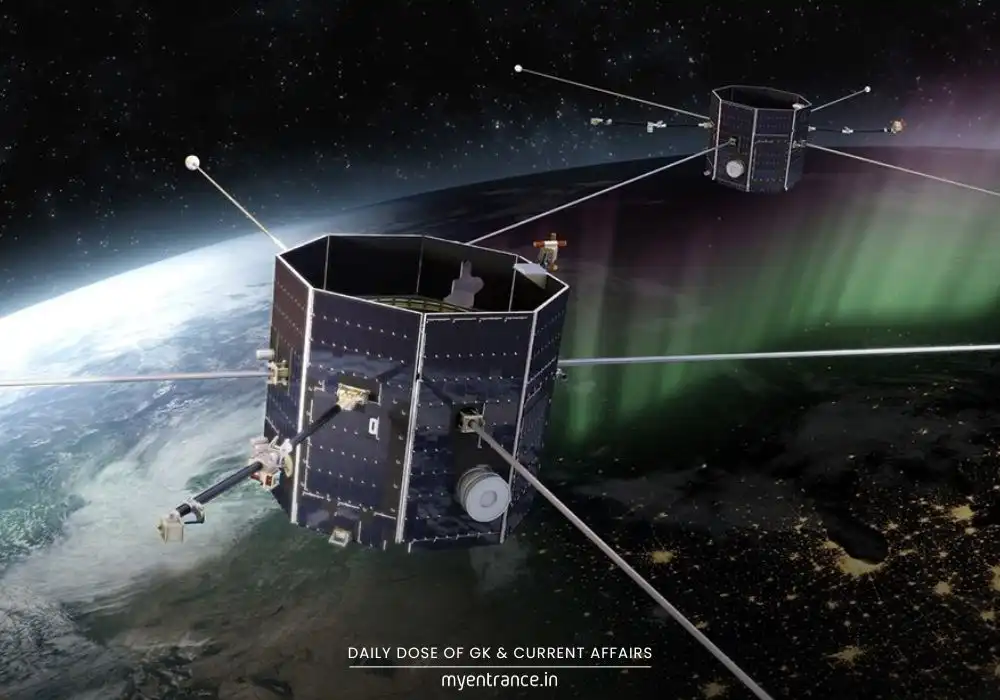
A Successful Launch & Mission Goals
On a SpaceX Falcon 9 rocket, TRACERS blasted off from Vandenberg Space Force Base, California, alongside three other small NASA satellites. Within hours, scientists confirmed contact with both TRACERS satellites, marking the start of a four-week testing phase before full operations begin.
The mission’s core objectives include:
Tracking magnetic reconnection events—where solar winds disrupt Earth’s magnetic field, releasing bursts of energy.
Analyzing polar cusps—unique funnel-shaped openings near Earth’s poles where solar particles enter the atmosphere.
Improving space weather forecasts to protect satellites, astronauts, and power grids from solar storms.
Why Magnetic Reconnection Matters
When the sun’s charged particles collide with Earth’s magnetic shield, magnetic field lines break and reconnect explosively. This process:
Triggers auroras (Northern and Southern Lights).
Disrupts satellite communications and navigation systems.
Can even damage power grids on Earth.
TRACERS will observe thousands of these events from low Earth orbit, providing unprecedented data on how solar energy affects our planet.
Collaboration with Other NASA Missions
TRACERS isn’t working alone—it’s part of a larger NASA heliophysics network, including:
MMS (Magnetospheric Multiscale Mission) – Studies reconnection at higher altitudes.
PUNCH & EZIE – Monitor solar wind and its atmospheric impacts.
Together, these missions create a comprehensive picture of space weather dynamics.
Who’s Leading the TRACERS Mission?
Principal Investigator: David Miles (University of Iowa).
Managed by: Southwest Research Institute, Texas.
Instrument Development: Teams from UCLA and UC Berkeley.
With a planned 12-month operational period, TRACERS promises groundbreaking insights into solar-terrestrial interactions—helping us prepare for the sun’s next big outburst.
Key Questions About NASA’s TRACERS Mission
1. What is the main goal of the TRACERS mission?
TRACERS aims to study magnetic reconnection—the explosive reconfiguration of Earth’s magnetic field when hit by solar winds—to better predict space weather effects.
2. How will TRACERS help protect Earth’s technology?
By understanding solar storms, scientists can develop early warning systems to shield satellites, GPS networks, and power grids from disruptions.
3. Why are polar cusps important in this mission?
Polar cusps are direct entry points for solar particles into Earth’s atmosphere, making them ideal for observing magnetic reconnection.
4. How long will TRACERS operate?
The mission will run for at least one year, collecting vast amounts of data on space weather events.
5. How does TRACERS differ from NASA’s MMS mission?
While MMS observes reconnection in deep space, TRACERS focuses on low Earth orbit, particularly near the polar cusps, offering complementary insights.
NASA’s TRACERS mission is a giant leap in space weather research, helping us decode the sun’s influence on Earth. For students preparing for UPSC, SSC, or other competitive exams, understanding such missions is crucial for science and tech sections. Stay tuned to MyEntrance.in for more updates on space missions and exam-prep insights!
Get 3 Months Free Access for SSC, PSC, NIFT & NID
Boost your exam prep!
Use offer code WELCOME28 to get 3 months free subscription. Start preparing today!

